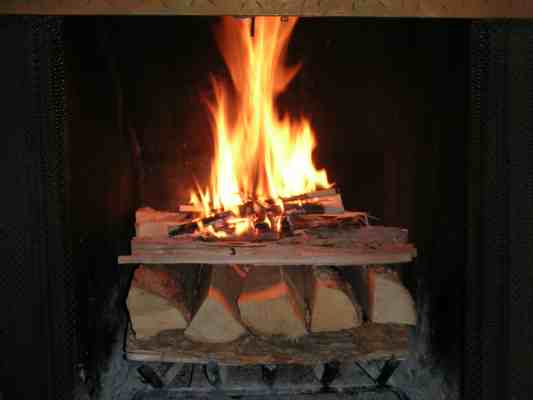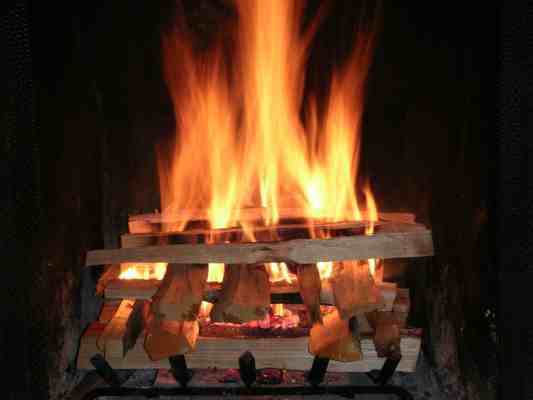Why own when you can rent?
/https://www.thestar.com/content/dam/thestar/life/homes/2010/07/30/cottage_life_the_great_canadian_dream/ho_waterfronthome2jpg.jpeg)
Owning a cottage is part of the Canadian dream. There are plenty of reasons why - many of our fondest memories are from summers spent at the lake. Owning a cottage means you can head up for a last minute weekend away, have a place to house all your toys for the lake and invite friends and family up whenever you’d like.
On the flip side, however, there are plenty more reasons why renting is the way to go!
The first, most obvious reason, is cost. Besides a mortgage payment, there are plenty of other costs to consider. Property taxes can be quite high in cottage country. Docks, decks, and septic systems, among other things, need maintenance. Utilities and insurance are an additional cost.
Once you take all of these things into account, you’re looking at spending tens of thousands annually to own a cottage. Not to mention the initial hit of land transfer fees and the cost of furnishings and toys.
By renting, you can enjoy a week or two away at a fraction of the cost (and a fraction of the hassle and headache).
 If your ideal cottage scenario includes a lot of relaxing, ownership puts a real damper on that. It’s difficult to lounge around and sneak in a nap when there’s so much upkeep to be done. Even if you pay someone to do the majority of the work, the little tasks have a way of interrupting your downtime. With renting, your time at the cottage is truly a holiday!
If your ideal cottage scenario includes a lot of relaxing, ownership puts a real damper on that. It’s difficult to lounge around and sneak in a nap when there’s so much upkeep to be done. Even if you pay someone to do the majority of the work, the little tasks have a way of interrupting your downtime. With renting, your time at the cottage is truly a holiday! Pressure to host too often/too much can be another downside of cottage ownership. Friends and family are going to be awaiting their invitations to join you at your cottage. Hosting can be great and rewarding, but the constant flow of guests is exhausting. The question of who to invite up and when can be stressful as well. When you rent, if you invite up friends or family, you are in it together.
Pressure to host too often/too much can be another downside of cottage ownership. Friends and family are going to be awaiting their invitations to join you at your cottage. Hosting can be great and rewarding, but the constant flow of guests is exhausting. The question of who to invite up and when can be stressful as well. When you rent, if you invite up friends or family, you are in it together.
Considering that the cost of ownership is so high, you’d want to make it worthwhile by spending as much time as possible at your cottage. Depending on what stage of life you’re in, it may not be possible to carve out more than two or three weeks through the summer to do so. If that’s the case, renting would make more sense.
There you have it. The reasons why, for most of us, renting cottages is the way to go!








